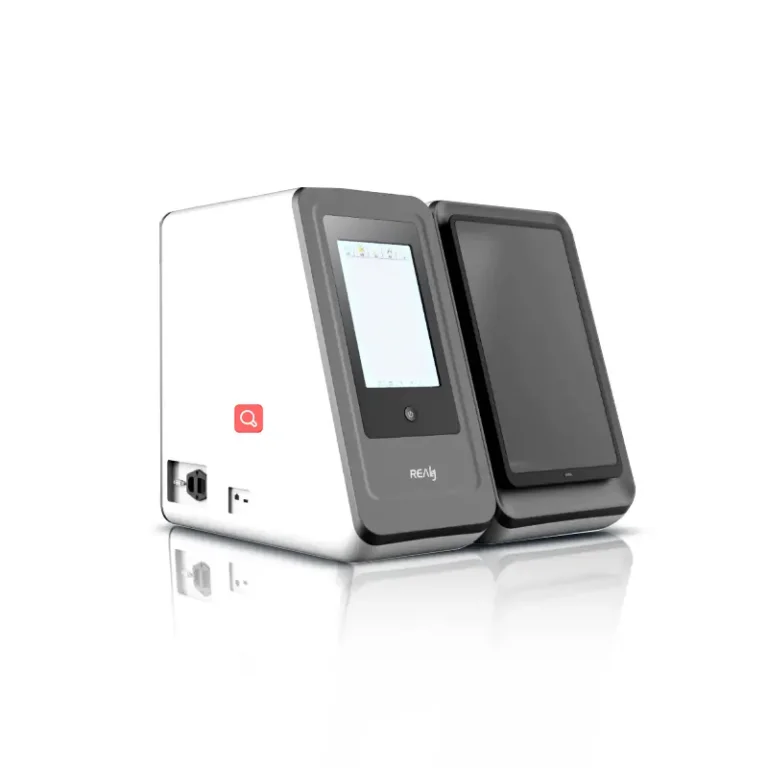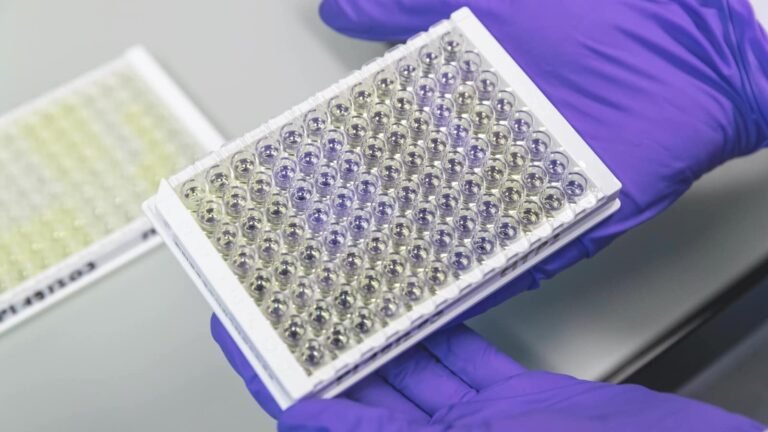ESR Testing: An Overview
What is ESR?
The Erythrocyte Sedimentation Rate (ESR) test measures the rate at which red blood cells (erythrocytes) settle in a test tube over a specified period, usually one hour. This test is a non-specific marker used to detect inflammation in the body.
Why is ESR Testing Done?
- Diagnosis of Inflammatory Diseases: ESR helps identify infections, autoimmune disorders (such as rheumatoid arthritis and lupus), and certain cancers.
- Monitoring Disease Activity: It tracks chronic inflammatory conditions over time and assesses treatment efficacy.
- Screening and Prognosis: ESR can be part of general health screening and can indicate disease prognosis in conditions like cancer.
- Differentiating Conditions: It helps differentiate between types of arthritis and indicates systemic vs. localized inflammation.
- Symptom Investigation: Elevated ESR can prompt further investigation of unexplained symptoms like fever, weight loss, or muscle pain.
How is ESR Measured?
The Westergren method is the most common technique for measuring ESR. Blood is drawn and mixed with an anticoagulant, then placed in a vertical tube. The distance red blood cells fall in one hour is measured in millimetres (mm/hr).

Normal Ranges:
- Men: 0-15 mm/hr
- Women: 0-20 mm/hr
- Children: 0-10 mm/hr
- Elderly: Slightly higher values may be normal
Interpreting Results:
- Elevated ESR: Indicates inflammation due to infections, autoimmune diseases, cancers, and chronic kidney diseases.
- Low ESR: Less common, but may occur in polycythemia, sickle cell anemia, and hyperviscosity syndromes.
Limitations: While useful, ESR is a non-specific test and cannot diagnose a specific disease. Elevated ESR should be interpreted alongside other clinical findings and diagnostic tests.
Summary
ESR testing is a valuable tool for detecting and monitoring inflammation in the body. It assists in diagnosing various conditions, monitoring disease activity and treatment response, and investigating unexplained symptoms. However, due to its non-specific nature, it is often used in conjunction with other diagnostic methods.







